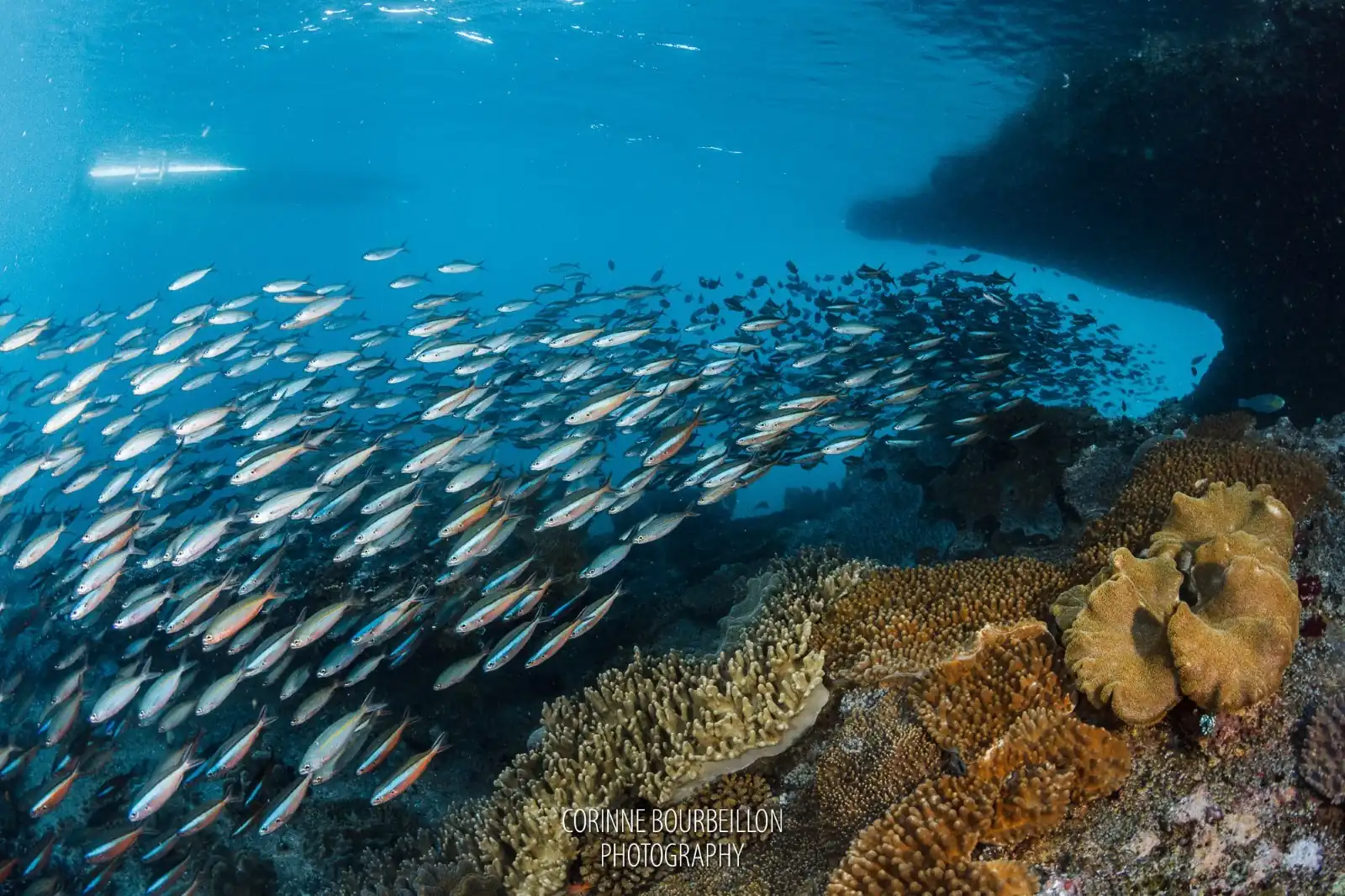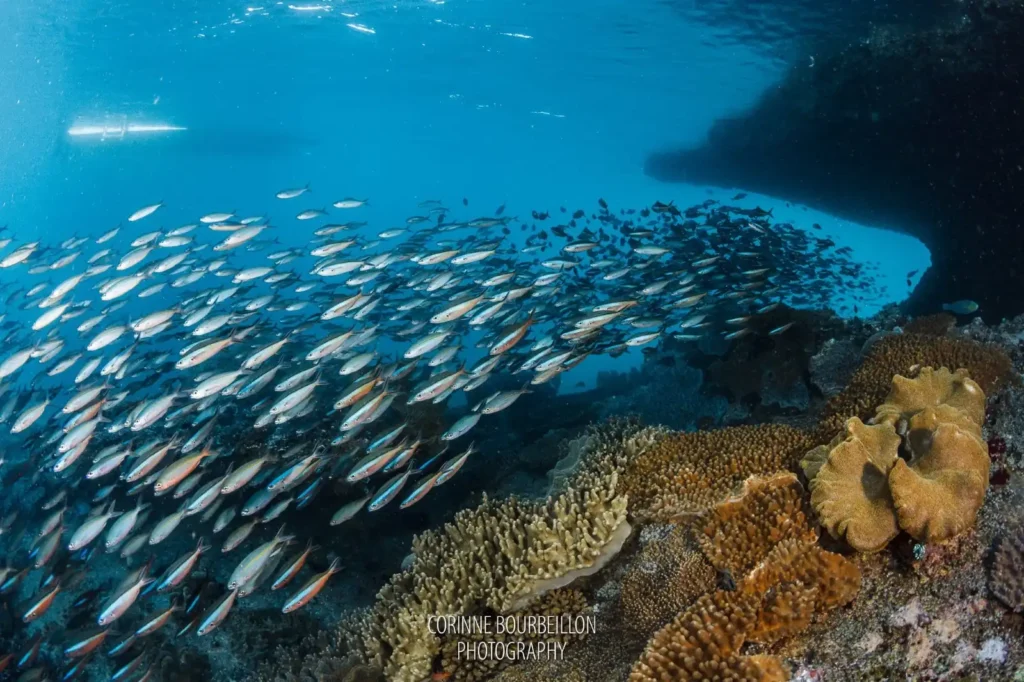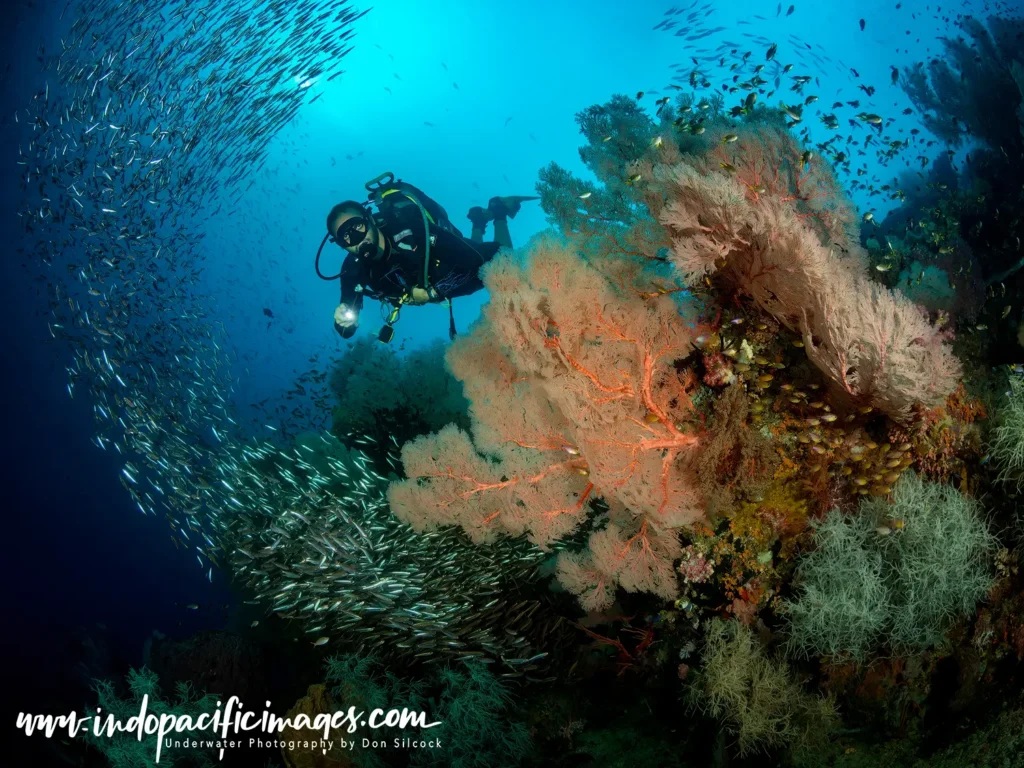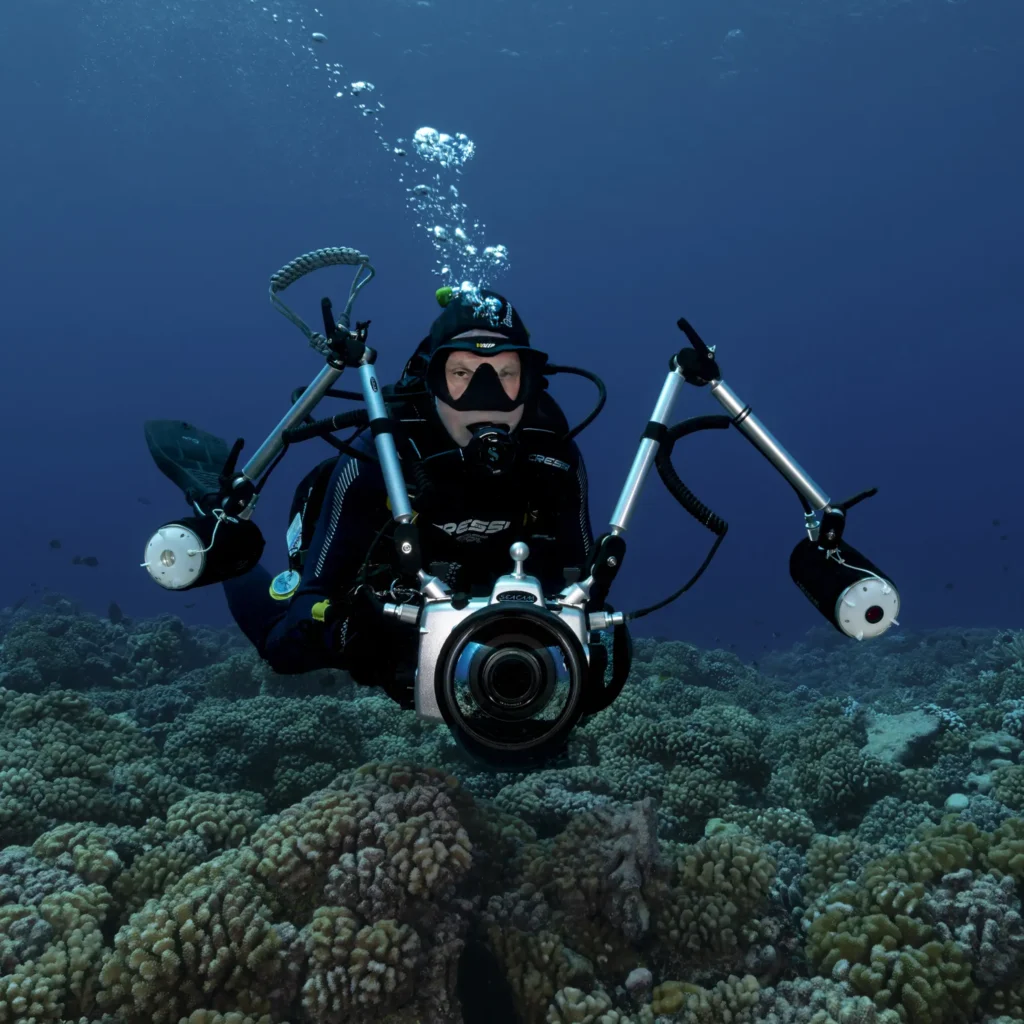
Expert Tips and Tricks for Underwater Photography in Raja Ampat
- March 10, 2025

Raja Ampat, located in Indonesia’s West Papua province, is celebrated as one of the world’s premier underwater photography destinations.
With its unparalleled biodiversity, crystal-clear waters, and vibrant marine life, it offers photographers endless opportunities to capture stunning underwater scenes.
This article provides expert tips to elevate your underwater photography skills while exploring Raja Ampat’s beauty.

Raja Ampat is often called the epicenter of marine biodiversity, and it’s easy to see why. This underwater paradise is home to some amazing and rare species that make for fantastic photos.
Macro enthusiasts will delight in spotting pygmy seahorses and brilliantly colored nudibranchs, while wide-angle photographers can capture schools of blue-lined snappers swirling around vibrant coral bommies.
With such extraordinary biodiversity, every dive in Raja Ampat feels like stepping into a living masterpiece.
The best time for underwater photography in Raja Ampat is from June to September. These months offer optimal lighting conditions and excellent visibility, making them ideal for capturing vibrant marine life.
Read more: Guide to Raja Ampat Dive Sites
To succeed in underwater photography, having the right equipment is crucial:
At the Raja Ampat SEACAM Center, you can rent or test-drive high-quality underwater photography gear on your dives—a convenient option for those traveling light.
Even better, the first day of using SEACAM equipment is completely free. After that, gear can be rented for the remainder of your stay.
This gives guests the flexibility to try professional-grade tools before committing, making it easier to elevate their underwater shots.
Stable buoyancy is critical for sharp images and avoiding damage to marine life. Practice using your breath to rise and fall gently before shooting sessions.
Position strobes away from the housing port to reduce backscatter (unwanted particles in your shots). For macro shots, pull strobes closer to the subject for precise lighting.
Utilize ambient light for shallow dives and artificial light for deeper scenes.
Apply the Rule of Thirds to create balanced images. Use leading lines and natural frames like coral formations to guide the viewer’s eye. When approaching marine subjects, move slowly and avoid causing stress.
Wide-angle photography captures dramatic reefscapes and pelagic species like manta rays and reef sharks.
Macro photography focuses on the intricate details of critters such as nudibranchs and ghost pipefish.
Raja Ampat’s diverse habitats cater to both styles.
Read more: Raja Ampat Macro Diving Guide

Respecting marine life is crucial when photographing in Raja Ampat. For sensitive species like pygmy seahorses, it’s essential to adhere to specific guidelines: limit flash usage as excessive light exposure can harm them; avoid crowding around them as they can be easily stressed by multiple photographers using bright lights.
Maintaining a safe distance will help ensure their survival while allowing you to capture stunning images.
Similarly, when photographing manta rays at cleaning stations, keep a respectful distance to avoid disrupting their behavior.
Observing these majestic creatures from afar will not only yield better photographs but also contribute to their well-being.
The best shots often require waiting for the perfect moment without disturbing creatures. Early mornings or late afternoons offer optimal lighting conditions for underwater photography.
For fast-moving species like reef sharks or schools of fish, anticipate their movements and position yourself strategically. Macro critters demand a steady hand and keen observation skills.
One of the most important — yet often overlooked — assets for underwater photographers is a knowledgeable dive guide. At Papua Diving Resorts, all guides are highly trained in both marine ecology and the specific needs of underwater photographers.
They know exactly where to find elusive macro life like pygmy seahorses, nudibranchs, and shrimp, and can help you spot wide-angle scenes featuring unique animal behavior.
Even more, our guides ask targeted questions before dives to understand each photographer’s goals — whether you're after rare critters, dramatic lighting, or big animal encounters. Their experience and insight make every dive more productive and aligned with your creative vision.

June–September offers calm seas and optimal visibility for underwater photography in Raja Ampat.
Include diving essentials (mask, fins, wetsuit), backup batteries, memory cards, and cleaning tools for your equipment.
Test all equipment before departure to ensure functionality. Familiarize yourself with your camera’s settings and practice shooting techniques in a pool or shallow water.

Take your underwater photography to the next level at the Raja Ampat SEACAM Center! This year only, guests staying at Sorido Bay Resort can join expert-led SEACAM Workshops for free on July 20–26 and August 10–16, 2025.
Guided by SEACAM Ambassador Don Silcock, participants will learn essential photography techniques to capture Raja Ampat’s rich marine life. Don will also be at Papua Diving Resorts from July 6 to August 19, 2025, offering on-site coaching and hosting weekly presentations filled with pro tips.
Spots are limited, so book your stay now to claim your free workshop experience! For details, email info@papua-diving.com.
If you’re planning your next dive holiday and want to elevate your underwater photography, we invite you to join us at Papua Diving Resorts.
Our expert guides, rich biodiversity, and eco-conscious ethos provide not only the perfect backdrop, but the perfect community to grow your skills.
Book your stay today and elevate your skills by joining an underwater photography workshop at the SEACAM Center—slots are limited!

